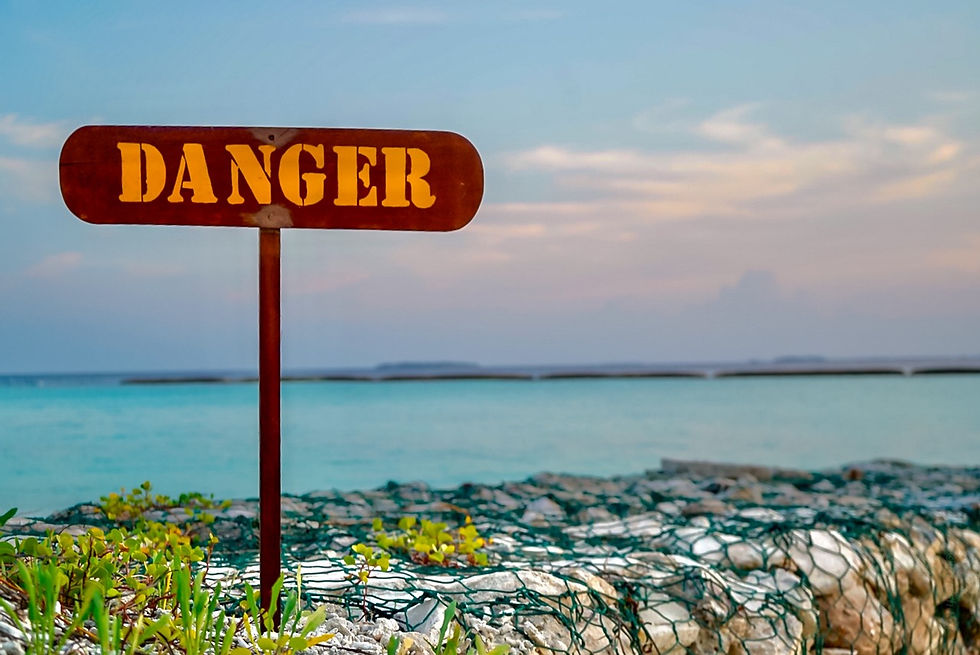Avoiding Food Rot and Freezer Burn
- JJ Bison

- Aug 14, 2021
- 3 min read

Have you ever purchased something from the grocery store and days later open your refrigerator to see a product going bad? It’s an awful feeling to get excited about something and then have it be inedible moments later. In this post, we’ll address the sources of food rot and freezer burn to help you keep your meat fresh.
Why Does Meat Spoil?
Meat can become rotten for a number of reasons including microorganisms, enzymes, air, light, temperature, time, etc. Bacteria that thrive in your house or even microorganisms in the meat can start this process. When an animal is butchered, the cells in the meat that once continued to grow now are unable to be replaced, so the meat can spoil if not stored properly. Certain elements, such as light and heat can often speed up this process as well. When there are enough bacteria, the structure of the meat actually changes and makes it unsafe to eat.
Signs of Meat Spoilage
The smell - It’s no secret that when anything rots, you smell it.
Texture - When meat is fresh, it has a wet texture to it, but when bacteria start to work their way through the meat, its gases change the texture of the meat itself. It can feel sticky or slimy when it’s spoiled.
Color - As bacteria break down the bison, it can look a tad discolored. Look for a purplish color in bison.
Why does Meat Turn Brown?
The meat turns brown when oxidation occurs. In a few words, oxidation occurs when the muscle tissue of meat comes in contact with oxygen. This bonding of oxygen and muscle is called myoglobin. When meat binds with oxygen, the myoglobin structure changes, and ultimately the meat turns brown through that chemical process. The brownness itself is safe to eat when cooked, but can often be seen as unappealing to see.
Freezer Burn
Freezer burn occurs when oxygen molecules seep into the storage of the bag. Freezer burn can make your meat color dull, and even modify the flavor when cooked. To prevent freezer burn, it’s important to avoid air getting to the meat. Some restaurants wrap meat in wax paper or aluminum foil, then store it in a plastic freezer bag. While this won’t prevent freezer burn entirely, it will help.
How to Slow Down and Prevent Oxidation and Meat Spoilage
Keep meat wrapped: When meat is wrapped in an airtight container and uncut, it’ll keep fresh longer!
Keep meat on flat surfaces: When meat is on a shelf evenly, airflow can reach the item, and thus, the temperature is kept more consistent.
Freeze the meat when possible: Keep meat in the freezer until ready to be thawed. Depending on the thickness of the cut, it’ll need around 18-24 hours to thaw properly. Of course, this can be a little more or less depending on the size and cut.
So How do I keep my meat safe?

When you purchase bison from JJ Bison, it’ll be frozen and vacuum-sealed. If you have it delivered to you, it’ll also have freezer packs to keep everything nice and chill.
To keep your bison safe, freeze it immediately, or move it to the refrigerator if you’re ready to thaw it and eat it soon. If the freezer is kept at 0 degrees or below, the government food safety division says it can stay safe for around 4-12 months in the freezer. When thawing, it’s safe in the refrigerator for 3-5 days. This can differ per cut and you can read more information here.
Contact Us
Contact us today, email us at meat@jjbison.com, or call us at (443) 252 - 2099 to order your bison today!



